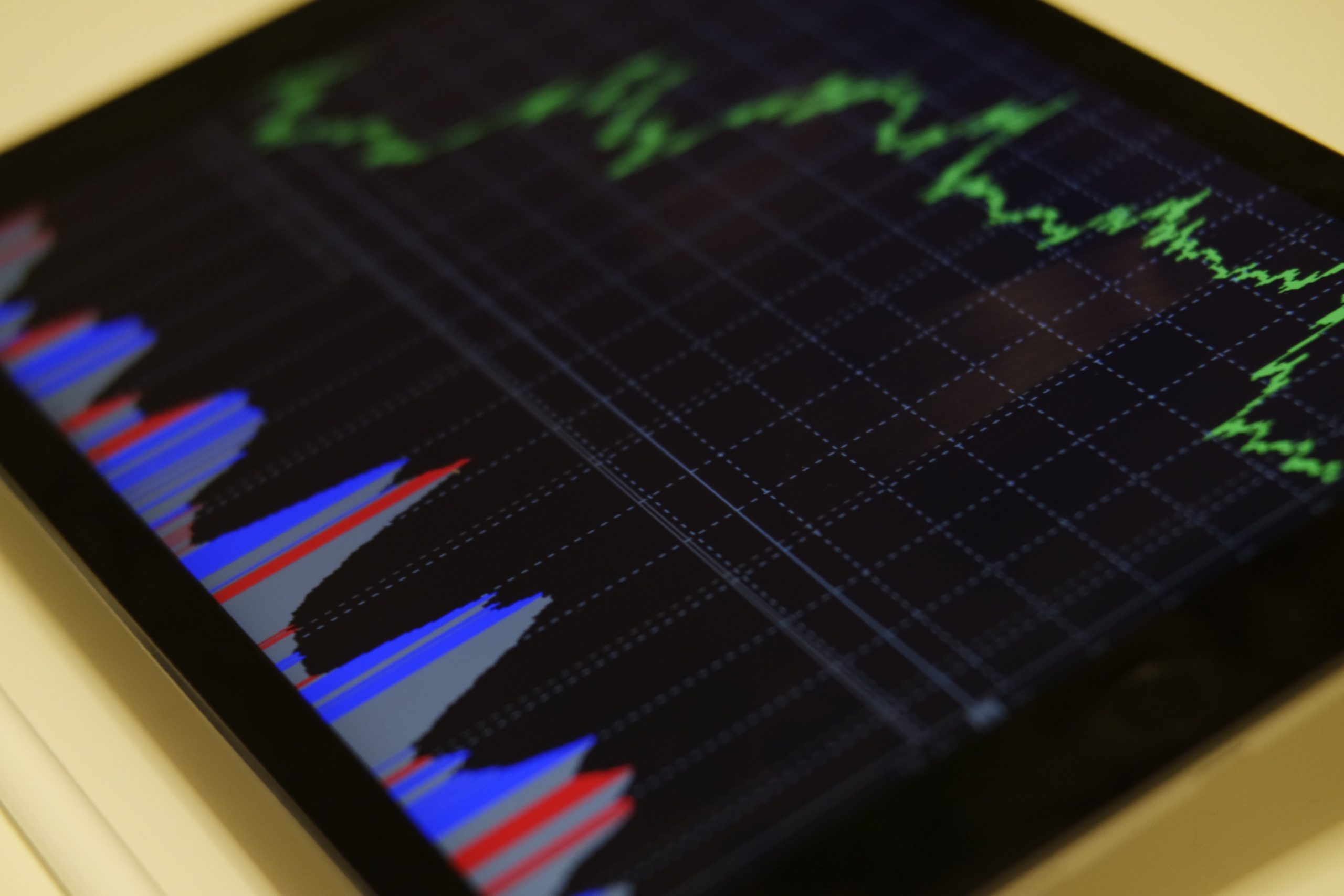The name Ichimoku Kinko Hyo might sound very intimidating, especially to a new forex trader. Looking at the chart indicator does not help either, which is why many traders avoid it. However, the technical trading indicator is one of the most useful and common trading tools in the forex market.
Hopefully, after the following explanation, you will understand it better and use it as your next trading indicator for your trades.
What is the Ichimoku Kinko Hyo Indicator?
Ichimoku Kinko Hyo, which goes by simply Ichimoku, is a popular five-line technical analysis indicator created by Goichi Hosoda, a Japanese journalist in the late 1960s. The work of the indicator is to determine the market trend, gauge momentum, and make support and resistance level placements. Moreover, the indicator is versatile and matches the majority of all your trading expectations and needs.
Ichimoku Kinko Hyo Interpretation and Calculation
To learn how to interpret and calculate Ichimoku Kinko Hyo, you need to know everything about the five lines that make up the indicator.
Tenkan-Sen -is the turning or conversion line presented as a blue line. Calculating the line requires averaging the highest high and the lowest low over a nine-period timeframe. The line also determines the trend reversal and support and resistance levels.
Kijun-Sen – that also goes by the standard line or baseline is the brown line. Calculating the brown line requires averaging the past 26 periods’ highest highs and lowest lows and dividing the total by two. The line shares the same functions as Tenkan-sen, and you can implement it as a trailing stop-loss point.
Senkou Span A-is the orange line or leading span A line that you calculate by averaging Tenkan-sen and the Kijun-sen and plotting the results ahead for 26 periods. One of the orange line’s main characteristics is that it is among the ones at the cloud edges. The line determines the future of support and resistance levels.
Senkou Span B– is the other leading span b line exhibited by the red line. Calculating the line requires averaging the highest high and the lowest low over the past 52 days and plotting 26 days ahead. The line works alongside the Senkou Span A, and it forms an edge of the cloud to determine future resistance and support levels.
Chikou Span – is the green line or lagging span, and it shows the closing price at the current period plotted by the past 26 periods. The line has the same function as the other lines, determining resistance and support levels.
How to Use Ichimoku Kinko Hyo Indicator for Trading
- Tenkan-Sen
The Tenkan-sen points out the market trading patterns. The market is trending if the red line moves up or down, while a horizontal movement signifies a ranging market.
- Kijun-Sen
The Kijun-Sen, just like the Tenkan-sen indicator, determines the future price movement. The price could continue climbing if the price is higher than the blue line, while it could drop if the price is below the line.
- Senkou
Suppose the price is over the Senkou range, the top-line acts as the principal support level while the bottom line acts as another support level. If the price is underneath the Senkou span, the bottom level acts as the main resistance level, while the top line is the subsequent opposition level.
- Chikou Span
Ultimately, you get a buy signal if the green line or Chikou Span crosses the price in the bottom-up direction and from the top-down position.
Pros and Cons of the Ichimoku Indicator
Pros
- Traders use it to place support and resistance levels, which are some of the essential trading positions.
- Provides you with the buy/sell signal
- Helps to catch momentum and find a trend
- Versatile as you can use it on other markets such as stock, options, and futures
- Gives fast results
- Combines easily with other indicators such as MACD and RSI for more reliable signals
Cons
- It is too complicated, especially for traders that use it for the first time.
- The chart looks too busy from the many lines and clouds
- Uses past data to predict future price, which delays or fakes some signals
Wrapping it up
The Ichimoku Kinko Hyo indicator might sound too complicated, preventing many traders from using it as their choice technical analysis tool. However, once you get to understand the lines work, you will appreciate it.
The lines help the trading indicator to cover various aspects of the situations in the currency market. Moreover, it is more often than not accurate, even though it may give occasional fake signals. The percentage of fake signals is too low for you to worry about.


Comments are closed